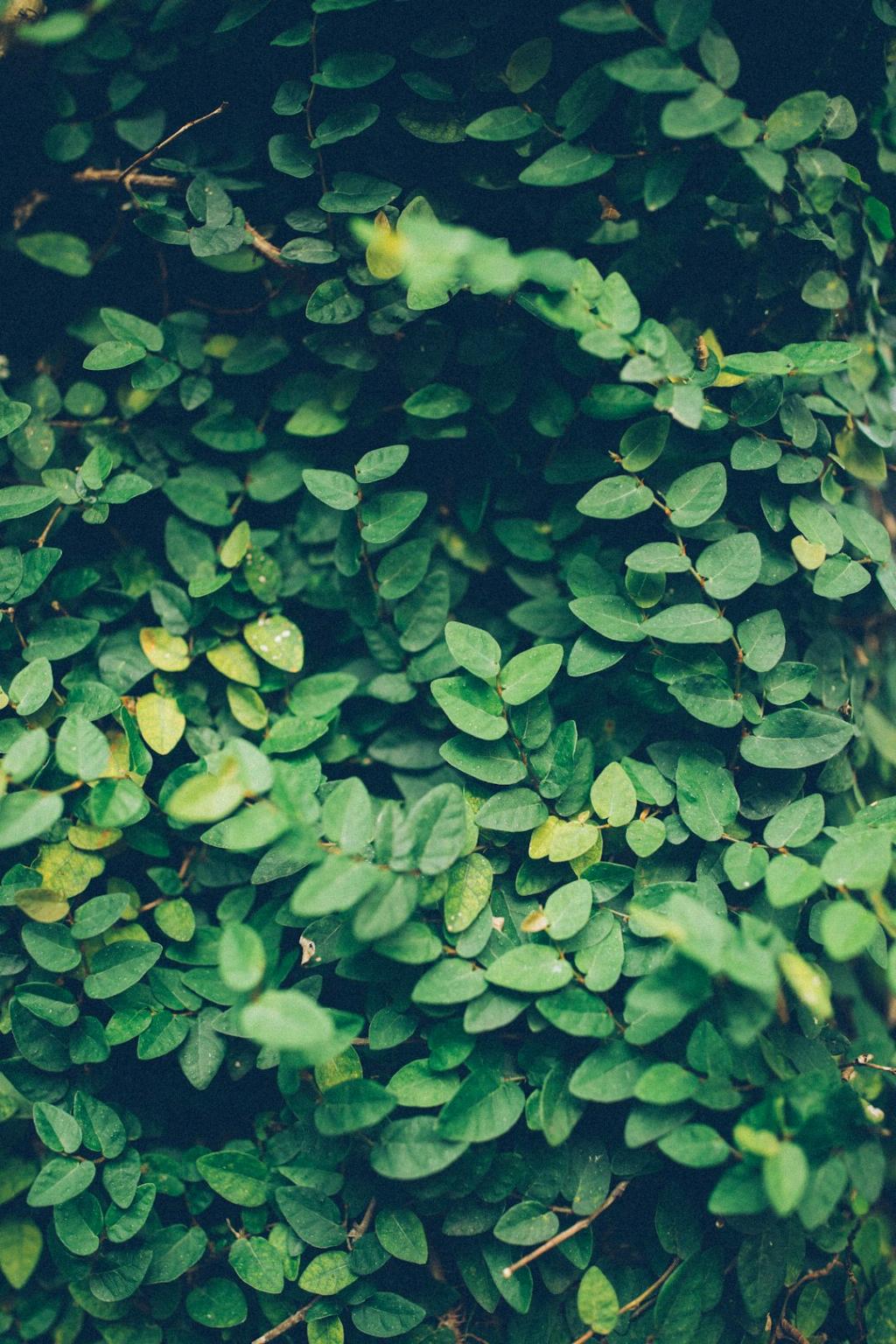Boxwood shrubs are versatile and popular landscaping plants known for their elegant foliage and the ability to be shaped into various forms. They are valued for their dense green leaves that provide year-round interest to gardens. Boxwood shrubs are relatively low-maintenance, but proper pruning is essential to keep them healthy and looking their best.
Benefits of Trimming Boxwood Shrubs
Trimming boxwood shrubs not only helps maintain their desired shape and size but also promotes new growth and overall plant health. Regular pruning encourages dense foliage, enhances air circulation within the plant, and prevents diseases. It also boosts the aesthetic appeal of your garden by giving the shrubs a neat and tidy appearance.
Signs that Indicate It’s Time to Trim Boxwood Shrubs
Boxwood shrubs typically require pruning in early spring to shape them after the winter dormancy period. However, additional trimming may be needed if you notice overgrown branches, dead or diseased foliage, or an uneven shape. Trimming stray branches and making thinning cuts can be done throughout the growing season to maintain the shrub’s form.
Best Practices for Trimming Boxwood Shrubs
When trimming boxwood shrubs, it’s essential to use sharp and clean pruning tools to ensure clean cuts that promote faster healing. Start by removing any dead or damaged branches, followed by shaping the shrub to the desired size and form. Avoid cutting back more than one-third of the plant’s total foliage in a single pruning session to prevent stress on the shrub.
Tools Required for Trimming Boxwood Shrubs
Common tools needed for trimming boxwood shrubs include sharp pruning shears, hedge clippers, and handheld pruners. It’s recommended to disinfect your tools before and after each use to prevent the spread of diseases between plants. Long-reach pruners may be necessary for trimming taller boxwood shrubs or reaching areas that are difficult to access.
Step-by-Step Guide to Trimming Boxwood Shrubs
1. Start by inspecting the shrub for dead or diseased branches.
2. Use sharp pruning shears to remove any unwanted growth.
3. Shape the shrub by cutting back overgrown branches to maintain its form.
4. Make precise cuts at a slight angle to encourage proper healing.
5. Step back periodically to assess the shrub’s symmetry and make adjustments as needed.
Potential Risks to Avoid When Trimming Boxwood Shrubs
Avoid trimming boxwood shrubs during periods of extreme heat or drought, as this can stress the plant and hinder its recovery. Over-pruning or cutting into old wood can weaken the shrub and make it more susceptible to pests and diseases. It’s crucial to follow proper pruning techniques to minimize the risk of harming the plant.
When NOT to Trim Boxwood Shrubs
Avoid pruning boxwood shrubs in late fall or winter, as the plant needs time to recover before the cold weather sets in. Trimming during dormant periods can expose the plant to frost damage and inhibit new growth. It’s best to wait until early spring to perform major shaping and pruning tasks on boxwood shrubs.
FAQs About Trimming Boxwood Shrubs
Q: Can I trim my boxwood shrubs in the summer?
A: While it’s best to perform major pruning in early spring, minor trimming can be done during the growing season to maintain the shrub’s appearance.
Q: How often should I trim my boxwood shrubs?
A: Boxwood shrubs generally require annual pruning to shape them and remove any dead or diseased branches. Additional trimming may be needed as the shrub grows throughout the year.
Q: Will trimming my boxwood shrubs promote new growth?
A: Yes, proper pruning stimulates new growth and helps maintain the health and vigor of boxwood shrubs.
Conclusion
Knowing when and how to trim boxwood shrubs is essential for keeping these plants healthy and attractive in your garden. By following the best practices outlined in this article and avoiding common pitfalls, you can ensure that your boxwood shrubs thrive year after year. Remember to assess the shrub’s condition regularly and trim as needed to maintain its shape and vitality.

